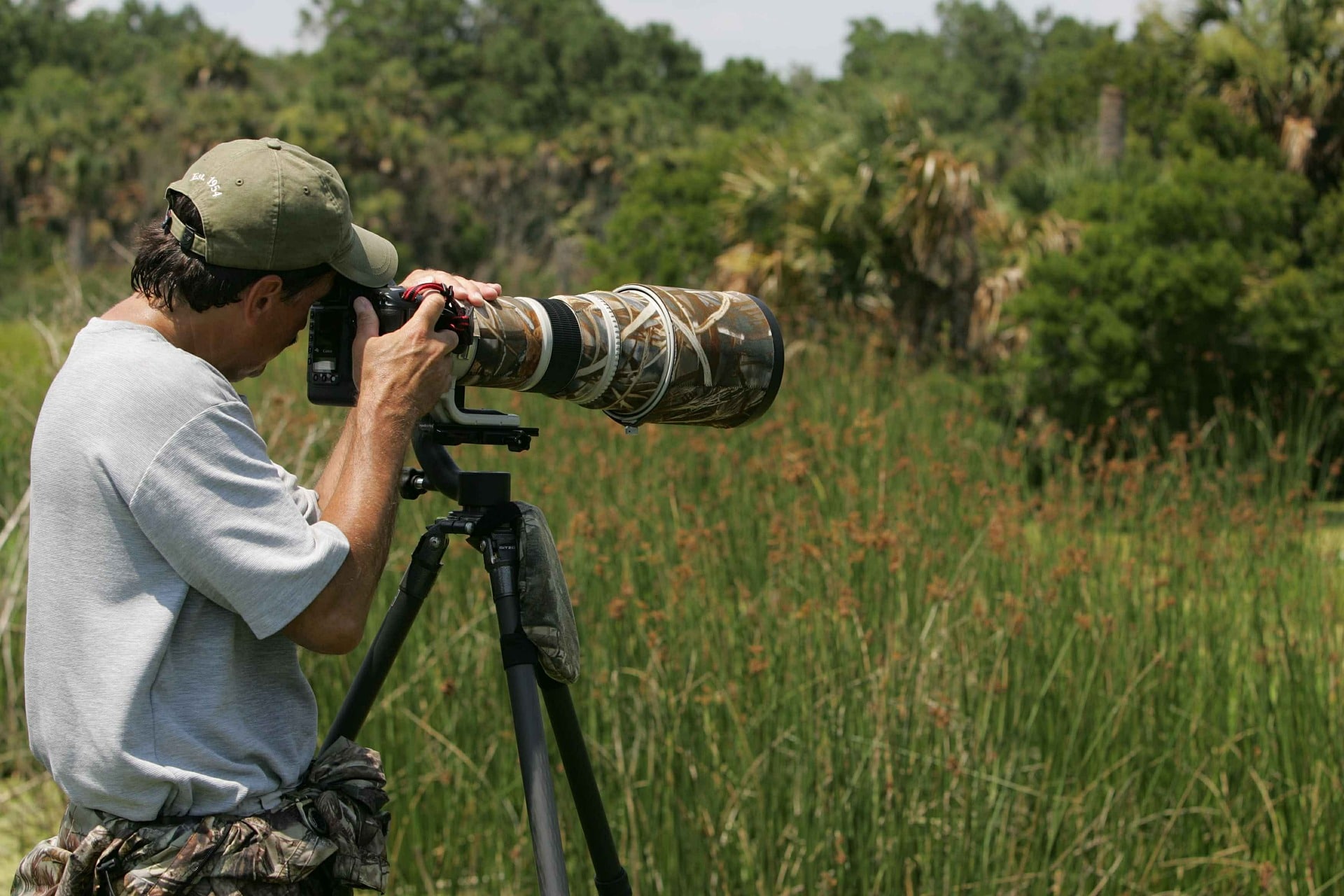As a photographer, at some point, you need to know the main shooting modes of your DSLR camera and understand the impacts on your photography. Most enthusiasts are not familiar with this feature or use it incorrectly. In reflection, as part of our shooting tips (You’ve already seen our article on framing: the functionality you’ll always need for your photos, we’ll share shooting modes in this article and comment on a little bit of each of them, therefore, to acquire useful knowledge for your career.
You may not know it, but most amateur photographers use automatic modes to photograph their DSLR camera. Of course, it’s not much and can be safer than taking risks with manual setup. However, you have semi-automatic shooting modes that make your day-to-day life on the field easier.
- Similarly.
- We’ll do a quick analysis of each of the shooting modes.
- Including the manual.
- To understand what they are and when to use them.
Basically, there are 4 types of main shooting modes on your DSLR camera, 3 of which are automatic exposures and the latter is manual setup, almost nothing explored by most photography experts.
Shooting modes consist of adjusting the camera to match the different shooting conditions and scenarios you can find based on your photographic style. Automatic shooting modes are: AE Program, AE Speed Priority and AE Priority Open and Manual Exposure (ME).
This shooting mode known as the AE program automatically adjusts the shutter speed, aperture and other presets to match the brightness of the scene.
Some digital cameras have this priority mode in addition to automatic mode. In these cameras that have both, the program mode is similar to automatic mode, but gives you a little more control over some other functions, including camera flash, white balance, ISO, etc. Refer to your digital camera’s manual to see how Program mode differs from the automatic settings of your camera model.
With the program change function, the photographer can manually change the camera’s automatic settings for shutter speed and aperture while maintaining the same exposure. An extremely useful function to ensure a wider range of photographic expressions.
Program mode (P) is commonly used to make sure you get the photo you need, especially when capturing the scene from the first attempt can be difficult. Photographic journalism and sports photography are some examples of the performance of this shooting mode.
Similar to the shooting mode known as the aperture priority, this shooting mode allows you to adjust the shutter speed and the camera automatically supports aperture adjustment and other settings for exposure to your scene.
Undoubtedly, this camera shooting mode can be used whenever absolute control of shutter speed is required. However, the shutter speed will depend on the effect you want to print on your photos.
To freeze a fast-moving object, you need to use a fast shutter speed, because to capture the motion blur that transmits the feeling of flow and movement in your images, it’s best to select a slower shutter speed.
This mode is a semi-automatic (or semi-manual) mode, in which you choose the aperture and your camera selects other settings to ensure well-balanced exposure for your photos. Opening priority mode is useful when you need to control the depth of field of a photo, usually when you want to photograph a fixed object that does not need to control the shutter speed.
Choosing a larger aperture number means that less light passes through the camera sensor. This means you will have a higher depth of field, the scene stays sharp, but your camera chooses a slower shutter speed. Small opening numbers mean otherwise, i. e. their opening. It is large, the depth of field will be small and your camera will probably choose a faster shutter speed.
We use the aperture priority shooting mode to blur your images, most often foreground views, landscape photos and similar images. The main goal is to manipulate the camera settings to be able to create these wonderful effects in your photography.
In fully manual shooting mode, you have full control over your camera and need to think about all settings, including shutter speed, aperture, ISO, white balance, flash, etc.
While this gives you the ability to set up your photos the way you want, you should also get an idea of what you’re doing in manual mode to get stunning photos. Unfortunately, most digital camera owners are too afraid of this shooting mode. , preferring to stick to the semi-automatic modes we’ve seen before.
Your camera’s manual mode is useful for making portraits indoors or in a photo studio, for example, where there is considerable brightness contrast, capturing a portrait in front of a well-portrayed window is a very volatile condition. .
In this case, you must first measure the light of the object and then switch to the manual shooting mode of the digital camera. This will ensure adequate exposures even when there are considerable lighting variations in the background of the scene.
Manual mode can also be used when changes in light intensity, such as sunset or sunrise, occur, for example. Remember that you must first perform exposure measurement and only then lock the manual adjustment you want and take a photo without changing the lighting.
These shooting tips are designed to guide you through your camera’s main shooting modes, as well as to allow you to use them wisely in your photography. Take the time to share your point of view or leave your own tips in the comments field below. .

